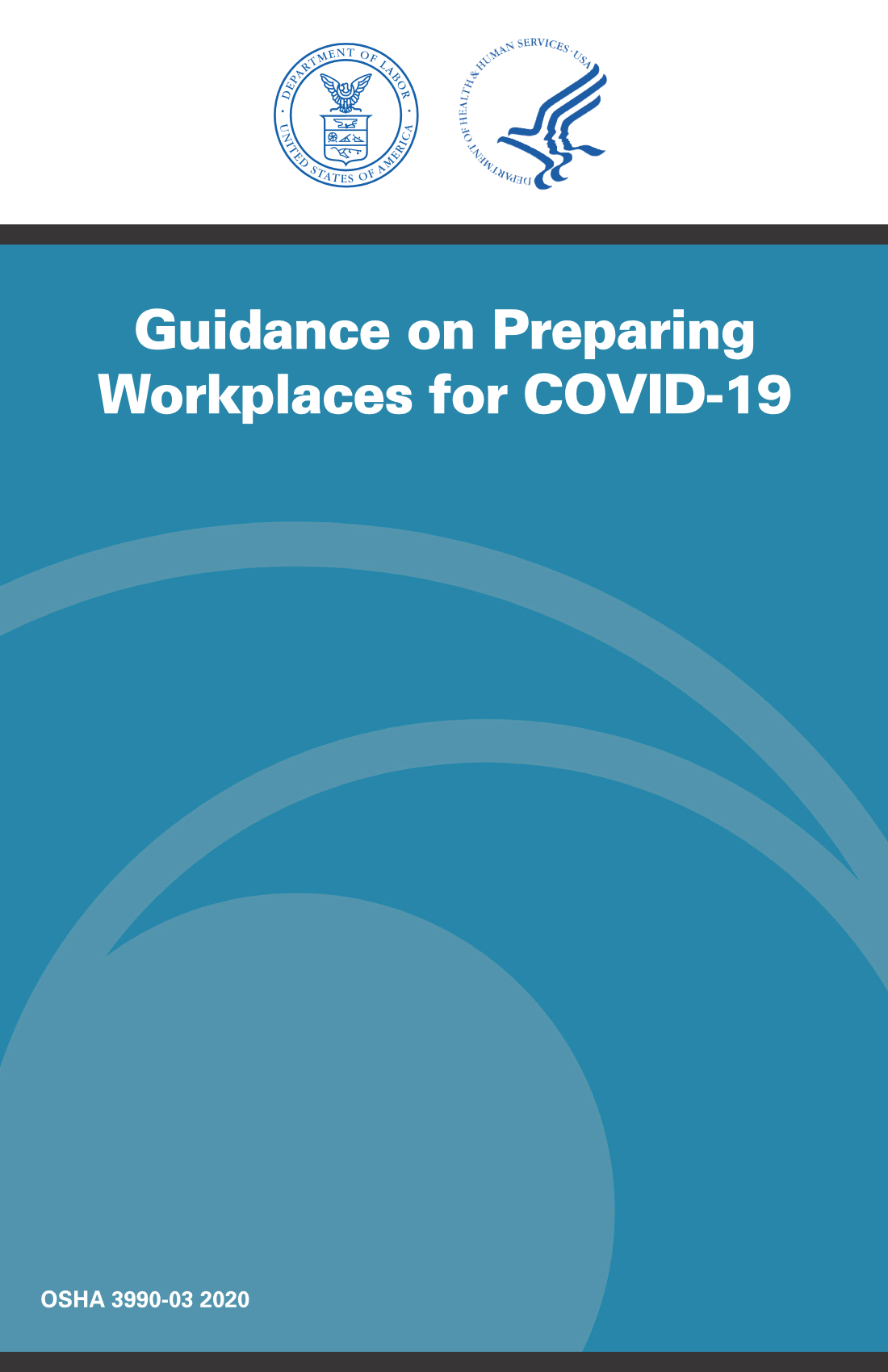Employers today face many challenges. Among them are attraction and retention, and internal skills gaps. If an employee chooses to leave or must be replaced due to insufficient skills, research suggests replacing them may cost 50% or more of their annual salary. The costs of reviewing applications, processing candidates, conducting interviews, training and purchasing equipment for new hires aren’t only monetary—they also result in lost time and productivity, which can negatively impact company culture. Further, leaving current and future skills gaps unaddressed can lead to lost productivity and increased associated costs.
Thankfully, there are strategies employers can implement to bolster skills development. According to Zywave’s 2022 Attraction and Retention Benchmarking Overview, 29% of employers consider career development opportunities a top priority for workers during the hiring process, and 41% consider addressing current and future skills gaps a top three attraction and retention challenge. While employers can approach this in various ways, many are leveraging new techniques, such as microlearning, which provides a cheap, feasible and time-friendly opportunity to build employee skills.
This article explores microlearning and how it can be implemented in an organization to improve employee engagement and address skills gaps.
Microlearning Explained
Through microlearning, information is presented in small segments and in ways it can be easily absorbed in a short span of time. Further, this information can be presented in various ways. Some examples of bite-sized learning include:
- Animations
- E-books
- Flashcards
- Gamification
- Infographics
- Interactive PDFs
- Music
- Podcasts
- Quizzes
Microlearning can help employers use small chunks of information to address workers’ demands for increased learning opportunities. These methods are easily accessible via the internet (e.g., YouTube, online courses, Google, etc.). Further, many of these options are free, making microlearning feasible where budgets may not allow for more expensive learning resources. Microlearning is also flexible and can be presented in various ways, such as through phone apps or cloud-based learning systems. In addition, because shorter content may be easier for people to understand, this approach may lead to increased engagement.
However, the catch to microlearning is that it needs to be contextualized to be effective. Generally, people need to be exposed to a subject for a substantial amount of time before they can grasp it and expand their knowledge.
Short bits of uncontextualized information are unlikely to be effective when presented to employees. As a result, it is better to use microlearning to enhance previous knowledge or, when such knowledge is limited, to teach relatively simple topics.
Strategies for Implementing Microlearning
There are several ways that microlearning can be implemented. Consider the following strategies:
- Use it to reinforce previous training. Context is important for people to be able to absorb new information. For microlearning to be most effective, employees should have some knowledge in the area of training. Using microlearning to reinforce things employees have already been trained on is an excellent way to ensure adequate context on the topic.
- Apply it to simple subjects. On average, microlearning is segments of information that are around 10 to 13 minutes. Aim to cover only simple issues, as that amount of time is likely not long enough to explain a complex topic. By covering simple subjects, microlearning is more likely to be effective as there won’t be an overload of information.
- Choose the right learning environment. Microlearning can be presented in many different ways. Consider your organization and employees when determining which learning environment best suits your needs. For example, you could choose a learning management system or something like a virtual reality presentation.
- Include action steps. Find ways to engage employees by asking them to apply what they have learned. Try asking a question or two about the information presented so they can use their new knowledge.
While many types of learning are available, employers must be selective and focus on the formats that will engage their workforce and meet their needs. As such, microlearning could be a practical approach to reinforce more significant learning initiatives.
Takeaway
Addressing skills gaps and attraction and retention challenges are key concerns for employers. To keep up, organizations must accommodate employee desires, such as access to better learning opportunities. Microlearning is one of several ways employers can help meet this demand and expand their employees’ knowledge base.
For more information on microlearning, contact Harmony Roze, Saas HR today.








